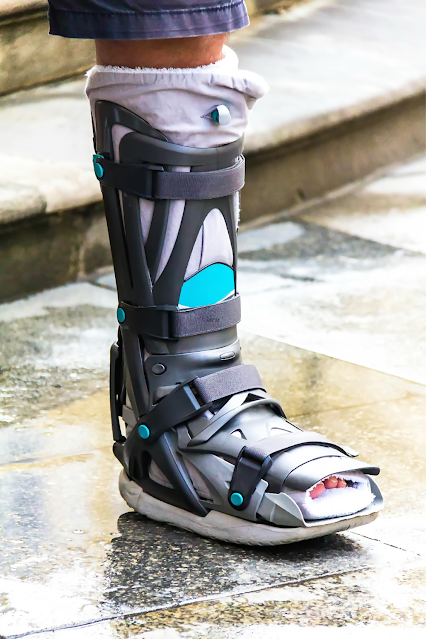When it comes to recovering from an ankle injury, rehabilitation plays a role in speeding up the healing process and preventing any complications. An effective tool commonly utilized in rehabilitation programs is ankle braces. These braces offer support, stability and protection to the ankle, facilitating a regaining of mobility. In this post, we will delve into the advantages of incorporating ankle braces into the recovery process after an injury and how they can become a part of any comprehensive rehabilitation program.
The Significance of Ankle Braces in Rehabilitation
Ankle braces are medical devices worn around the ankle joint to provide external support. They come in many styles and designs, like lace-up strap-on or rigid brace options. During rehabilitation, utilizing ankle braces aims to enhance stability and restrict movement that could impede healing or lead to re-injury.
Benefits of Ankle Braces in Rehabilitation
Safeguarding against Re-Injury
One notable benefit of incorporating ankle braces into rehabilitation is their ability to safeguard against re-injury. The structure of an ankle support brace plays a role in preventing twisting or rolling of the ankle during physical activities or sudden movements. This effectively reduces the risk of sprains and strains. By providing a controlled range of motion while still immobilizing movements, ankle braces give individuals the confidence to participate safely in their activities as they recover.
Improved Stability
Following an injury, physical activity and maintaining balance and stability can be challenging for those with weakened ankles. Ankle braces offer needed support that compensates for the weakened ligaments or muscles surrounding the injured area, thus enhancing stability.
Decreased Swelling and Inflammation
Swelling and inflammation are common after an ankle injury. If not managed properly, they can impede the recovery process. Ankle braces with compression features work wonders by improving blood circulation while simultaneously reducing swelling. This targeted compression helps drain fluid, leading to reduced inflammation and a faster recovery.
Muscle Rehabilitation
In addition to providing stability, ankle braces can also assist in muscle rehabilitation. When an injury occurs, adjacent muscles may become inactive and weaken due to immobilization or lack of use. Ankle braces help individuals activate and engage these muscles while also offering support.
Choosing a Brace
To ensure a speedy recovery, it is important to choose the ankle right brace for rehabilitation. When selecting a brace, consider the needs of the injury and individual preferences. It is advisable to consult with a healthcare professional like a therapist or orthopedic specialist to evaluate the severity of the injury and determine the type of brace.
Consider the following factors when selecting an ankle brace to ensure optimal support and effectiveness:
Comfort and Fit
Choosing a properly fitted ankle brace is essential for effective rehabilitation and prolonged comfort. Refer to size guides provided by manufacturers to find the right fit. A well-fitted brace not only enhances its therapeutic effectiveness but also allows for extended use without causing discomfort. Prioritize comfort to encourage consistent usage during recovery.
Level of Support
Tailor your choice based on the required support for specific injuries. Different conditions demand varying degrees of support from ankle braces. Some injuries may benefit from braces that significantly limit motion, offering maximum immobilization, while others may require restrictive braces that allow controlled movement within acceptable ranges. Assess the nature and severity of the injury to determine the appropriate level of support needed.
Quality
Opt for ankle braces made from high-quality materials to withstand the demands of extended rehabilitation programs spanning weeks or months. Durable materials ensure the brace maintains its effectiveness and structural integrity even with repeated use. Investing in a quality ankle brace contributes to its longevity, making it a reliable companion throughout the entire rehabilitation process.
Taking these factors into account empowers individuals to make informed decisions, selecting ankle braces that not only address specific injury needs but also provide comfort, support, and durability for a comprehensive and successful rehabilitation journey.
End Note
Ankle braces play a role in expediting recovery after an ankle injury by providing stability and protection against re-injury, reducing swelling and aiding muscle rehabilitation. These aspects are vital components of rehabilitation programs.
While ankle braces should not be seen as a substitute for advice or therapy sessions, they can play a crucial role in enhancing treatment outcomes. Whether you're personally recuperating from an ankle injury or working as a caregiver or rehabilitation specialist assisting patients in situations, it's important not to underestimate the positive impact ankle braces can have on facilitating a successful recovery.



Post a Comment